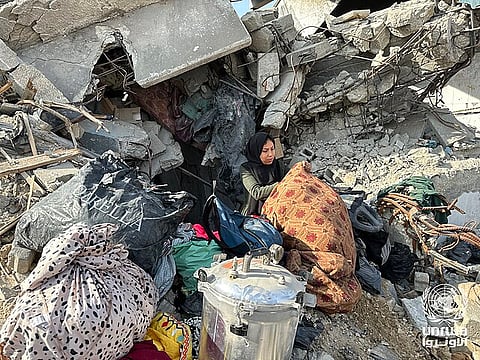

Israeli attacks across Gaza killed at least 62 Palestinians on Friday, June 28, according to Gaza’s Civil Defence Agency. Among the dead were 10 people shot while waiting for desperately needed food aid, continuing a pattern of lethal violence near distribution sites operated by the U.S.- and Israeli-backed Gaza Humanitarian Foundation (GHF). Spokesman Mahmud Bassal reported strikes in Khan Yunis, central Gaza’s al-Bureij camp, and northern areas, including a school housing displaced families.
The GHF, launched in late May to replace UN-led aid efforts, has seen over 549 Palestinians killed and 4,066 injured near its distribution points in the past month alone. Witnesses describe Israeli drones and tanks opening fire on crowds gathering for food, with one survivor calling it a "massacre" as people fled. Medical charity MSF condemned the GHF system as "slaughter masquerading as humanitarian aid," noting a 190% spike in bullet wounds at its Deir el-Balah hospital after GHF’s Netzarim corridor site opened.
MSF’s emergency coordinator Aitor Zabalgogeaskoa outlined Israel’s shoot-to-control policy: Palestinians approaching GHF checkpoints early "get shot"; those overflowing barriers "get shot"; and those arriving late to "evacuated zones" "get shot". The UN human rights office echoed this, stating Israel’s "militarised humanitarian mechanism" violates international law and may constitute war crimes, with over 410 killed at GHF sites since late May. Despite U.S. funding of $30 million, GHF denies responsibility for nearby shootings.
Friday’s violence included 30 killed in northern Gaza strikes, 12 in al-Bureij camp, and 10 near Khan Yunis—where Hamas and Islamic Jihad reported joint attacks on Israeli forces. The Health Ministry confirmed Gaza’s death toll now exceeds 56,331, mostly civilians, with famine looming due to Israeli aid restrictions. UN agencies warn Israel’s blockade has destroyed local food production, leaving 2.1 million people reliant on unsafe aid channels.